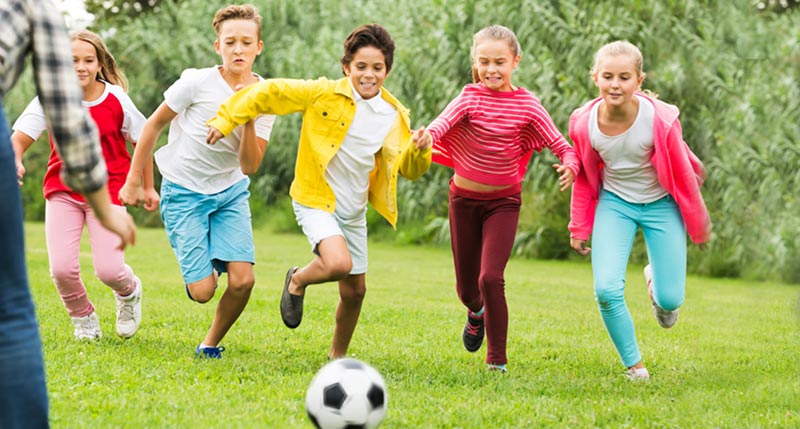Your home is your safe haven — or is it? About half of all eye injuries happen in and around your home! The good news? You can reduce your risk of eye injury by 90% by wearing protective eyewear. The bad news? Only three in ten people wear eye protection, even during high-risk activities.
Blunt force injuries are the most common eye injury and can damage both the eye itself and also the bone and surrounding tissue. Other types of eye injuries include scratches, abrasions, cuts, chemical burns, foreign or penetrating bodies, and radiation or UV exposure from the sun or sun lamps.
Be aware of the activities most likely to cause eye injury and where those injuries occur most often in and around your home.
In the Yard
- Home improvement projects. Power tools can create flying debris like sawdust, tree branches, nails, or metal. Drilling and hammering can fragment brick and concrete, causing it to chip off and fly into the air, posing a danger to your eyes. Always use the protective guard on your tools and keep them in good working condition. Replace tools that are worn beyond repair.
- Yard work. Lawnmowers, weed-eaters, clippers, and leaf blowers can dislodge rocks, grass, twigs, and dirt, causing eye injury. Remember to wear safety goggles to protect your eyes from yard debris. Also, take precautions when you use lawn chemicals: wear protective goggles and check the weather forecast. A windy, blustery day isn’t a good day to spread chemicals that can blow right back into your face and eyes.
- Bungee cords can pose a danger to your eyes. When securing equipment or loads with bungee cords, do so in a way that they don’t snap back into your face. Because – ouch!
- Firepits are a fun place to make S’mores or share an evening beverage, but beware of fire embers and smoke drifting into your face and eyes.
- Bottom line: Leave pyrotechnics to the professionals. Even legal fireworks like sparklers can burn at 2,000 degrees Fahrenheit or hotter — hot enough to melt some metals! Eye injuries caused by fireworks are devastating and generally unrecoverable. It’s not worth the risk. But if you just can’t resist the urge to set off fireworks, always wear safety glasses.
- Each year, hospitals treat nearly 40,000 victims of sports eye injuries. Any sport involving a fast-moving ball (basketball, racquetball, tennis, baseball, etc.) puts you at risk. To protect your eyes, wear safety goggles or glasses during sporting activities. Eye protection is particularly critical when using crossbows, air guns, or any device that shoots pellets, arrows, or other projectiles. For high-impact sports like hockey and lacrosse, wear a polycarbonate face mask or shield to protect your eyes.
In the House
- Household cleaning products cause at least 125,000 eye injuries each year. Chemicals like bleach, oven cleaners, and bathroom cleaners can splash or spray into your eyes. Check that the nozzle is facing away from you when using a spray. Read and comply with labels, and never mix or combine cleaning products! That may cause a chemical reaction, resulting in chemicals that erupt into your face and eyes. And remember to wash your hands after using household cleaning products — even if you wear rubber gloves to clean.
- Cooking oils can splatter hot oil, so use a grease shield on frying pans to prevent injury. Boiling liquids also pose a danger. Children love to watch and learn how to cook, so always be aware if they are near the stove and place boiling pots on the back burners.
- Opening champagne and carbonated drinks. When opening champagne, catch the cork by wrapping the bottle with a towel before uncorking it. Be careful when opening carbonated drinks as well – hold the can or bottle away from the face to open. Never point a bottle or can in the direction of another person.
- Hot objects. Curling irons pose a danger to your eyes because they are used in close proximity to the eyes. Use with care and caution.
- Furniture and rugs. Place padding on furniture with sharp edges or corners — especially if there are children or elderly in the home. And it’s always a good idea to install handrails and lights in stairwells and low-light areas. Secure loose rugs with non-slip pads underneath to prevent falls and subsequent injury.
By anticipating the eye injury risks in any activity, chore, or sport — even in your home and yard —you can protect your precious windows on the world!

